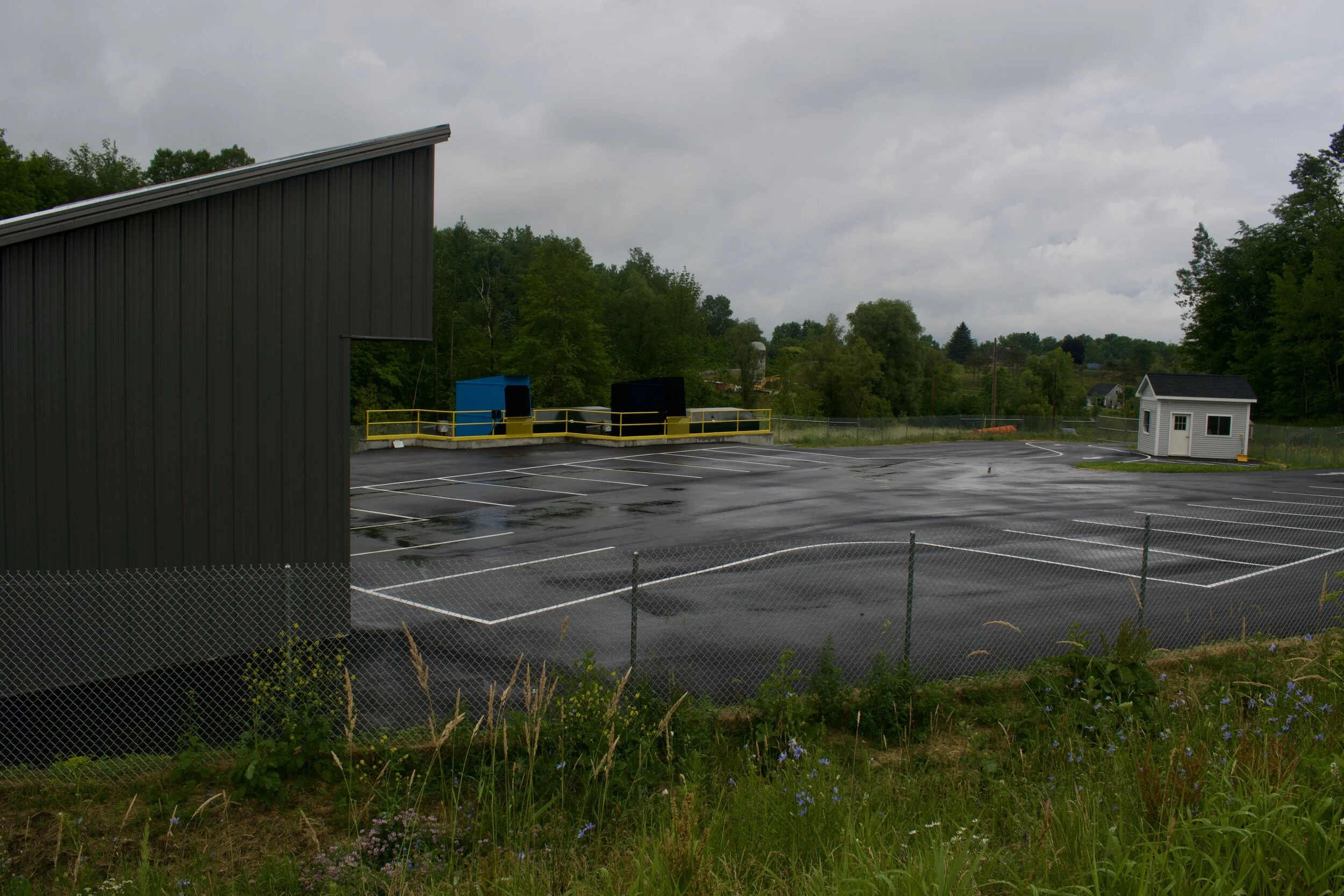Hinesburg votes yes on wastewater treatment facility bond
The LaPlatte River in Hinesburg. Photo by Erin Gallagher.
On Tuesday, Nov 3, the town of Hinesburg voted to take out a $11,700,000 bond to build a new wastewater treatment facility.
1,810 Hinesburg residents voted in favor of the bond, and 985 voted against it.
Select board member Merrily Lovell said, “I’m relieved by the wastewater vote. It’s a lot of money that has to be paid, but it was necessary.”
Though the amount on the ballot was $11.7 million, subsidies and grants have been found to cover about half the cost, according to the flyer the town circulated earlier this month. The cost with this financial assistance is $5,461,000, without interest.
“No payments will have to be made till 2025. So we’ll have time to hopefully find other ways to bring down the cost,” Lovell said in an interview on Oct. 9. Once the payments begin, the average town sewer user will be billed an additional $360 a year, or $30 a month, according to the flyer.
Erik Bailey, the superintendent of the Hinesburg water works, said in an email on Oct. 13. that there are around 450 sewer accounts, a small percentage of the town’s 4,500 person population. Those not on the town sewer system will not be affected.
Because the plant is on wetlands, drainage has to occur before construction begins. “Tiles are put in the ground in a very careful, very systematic way for about a year. And that drains the ground so that it’s strong enough to hold this,” said Lovell. She said that this process will start either shortly, or in the spring.
An Aldrich and Elliott presentation given on Oct. 28 provides a detailed description of the planned project, funding, and impact on sewer customers, and is available on the town website.
The wastewater treatment facility upgrade is necessary because the Total Maximum Daily Limit (TMDL) for phosphorus in Lake Champlain was recently significantly reduced. According to the Aldrich and Elliott presentation, a new discharge permit with these lower levels was issued effective March 1, 2018.
The WWTF also needs to reduce ammonia levels, though this is a VT Department of Environmental Conservation requirement, not an EPA one, wrote Bailey.
Bailey wrote that the flow capacity in the new plant will be larger, to accommodate future town growth. The Aldrich and Elliott presentation states that “As new sewer customers are connected from new development, it is expected that this projected increase [in cost] will decrease.”
A 2016 EPA report regarding phosphorus in Lake Champlain stated, “Wastewater treatment plants generate a very small percentage of the overall Vermont phosphorus load to the lake (currently about 3%) but they constitute a significantly higher percentage of the load to some lake segments, such as St. Albans Bay, particularly when the permitted load at the design capacity of a plant is considered.”
Despite wastewater’s small amount of overall contribution to the total phosphorus load, “it’s where the state has leverage over the towns. And it’s very easy. I mean, it’s much easier to create legislation and rules that can point to direct discharge,” said Andrea Morgante, former select board member and a volunteer with the Lewis Creek Association, in an interview on Oct. 8.
The old lagoon wastewater treatment system is set to be replaced by a “Sequential Batching Reactor (SBR) system,” wrote Bailey.
The upgrade, “should put Hinesburg in good stead for the next 50 years. Or maybe more. But this should be a really good system and it will help the environment. It’ll help the lake, it will reduce the phosphorus going in,” Lovell said on Oct. 9.








